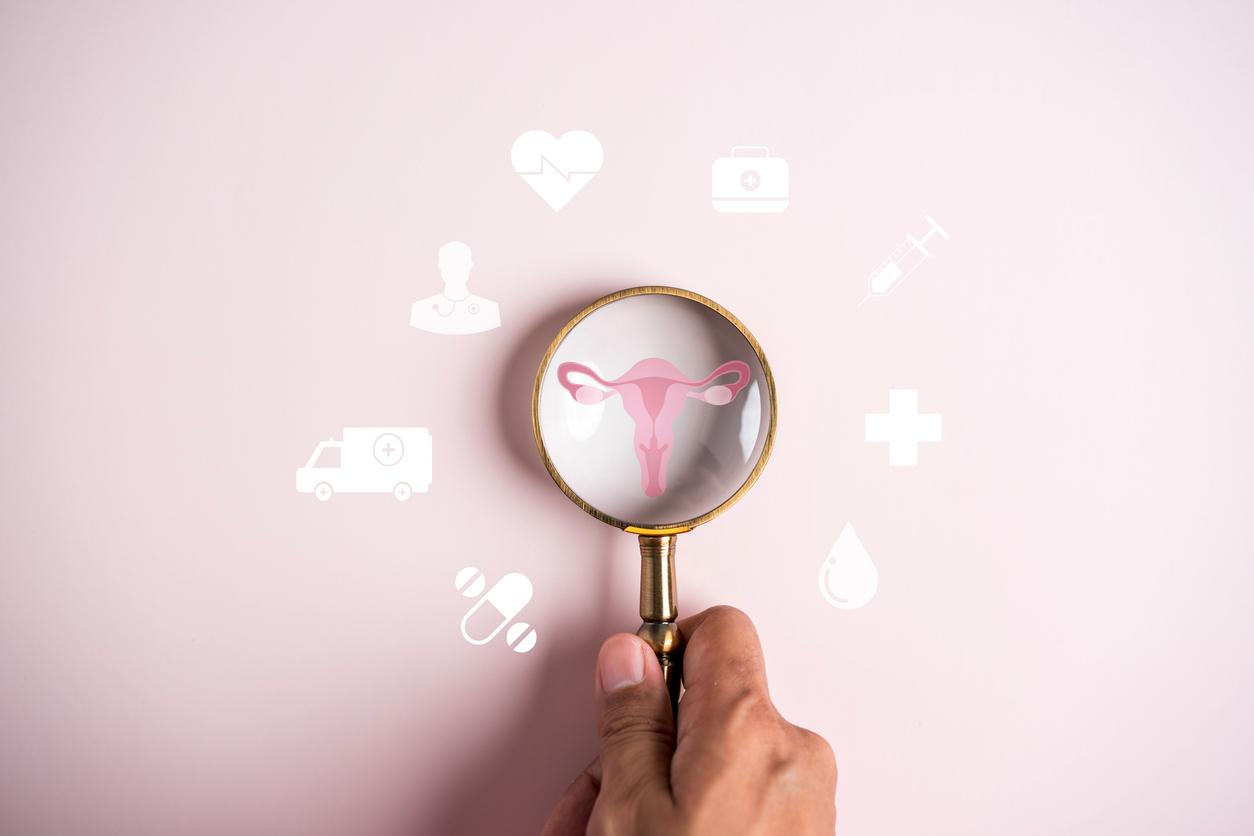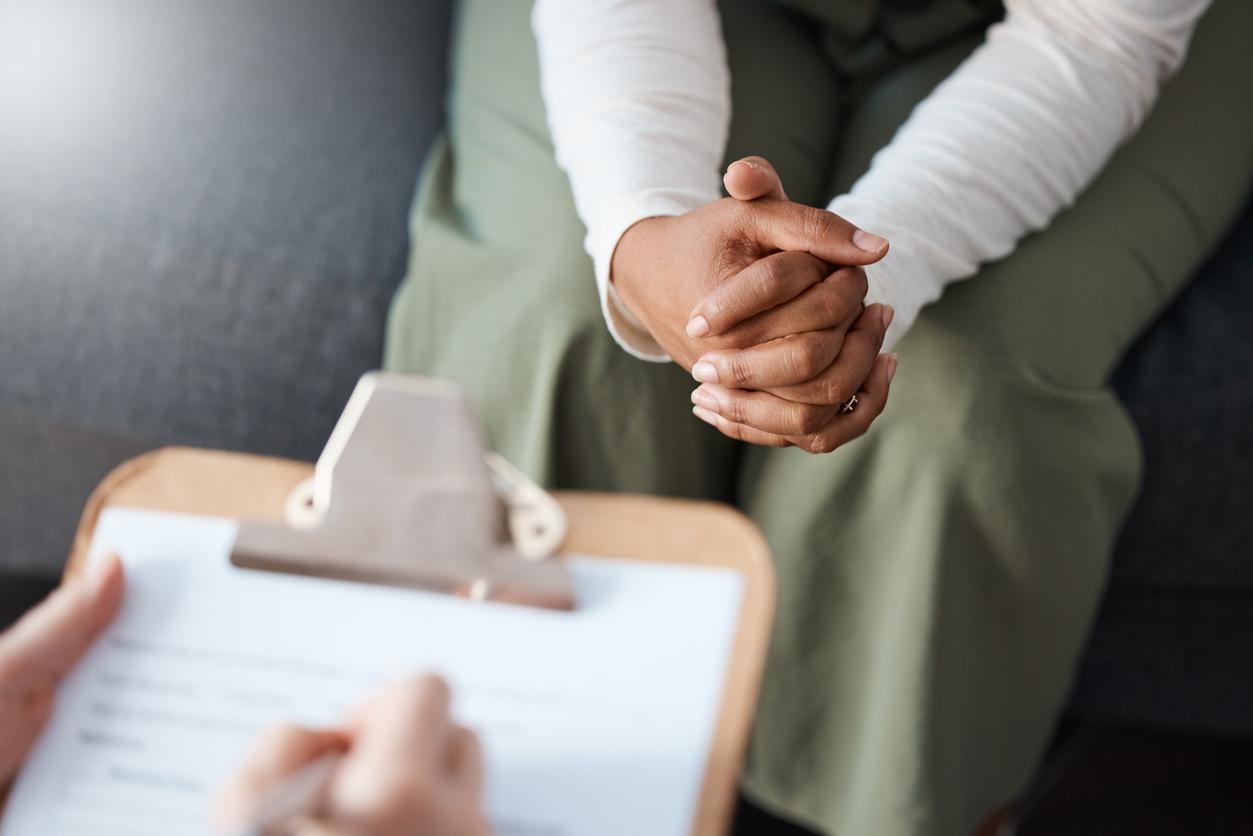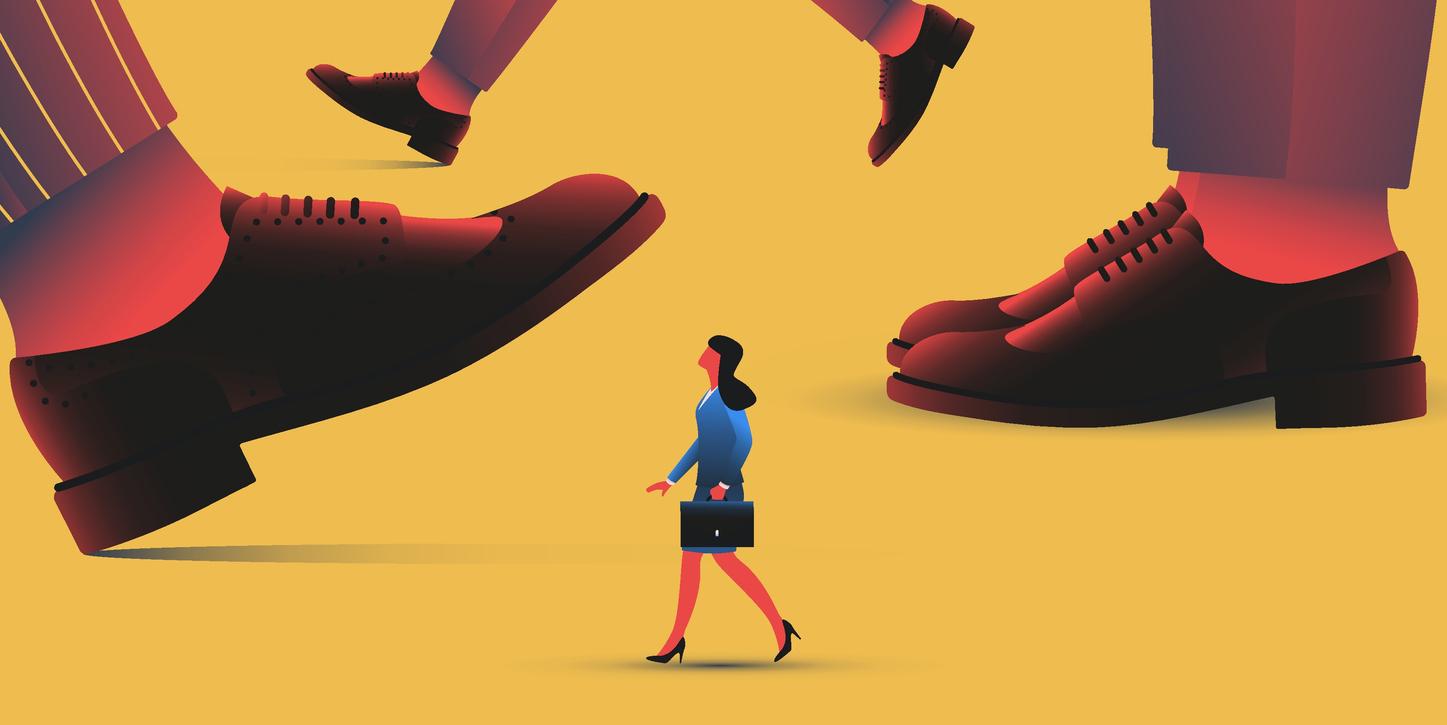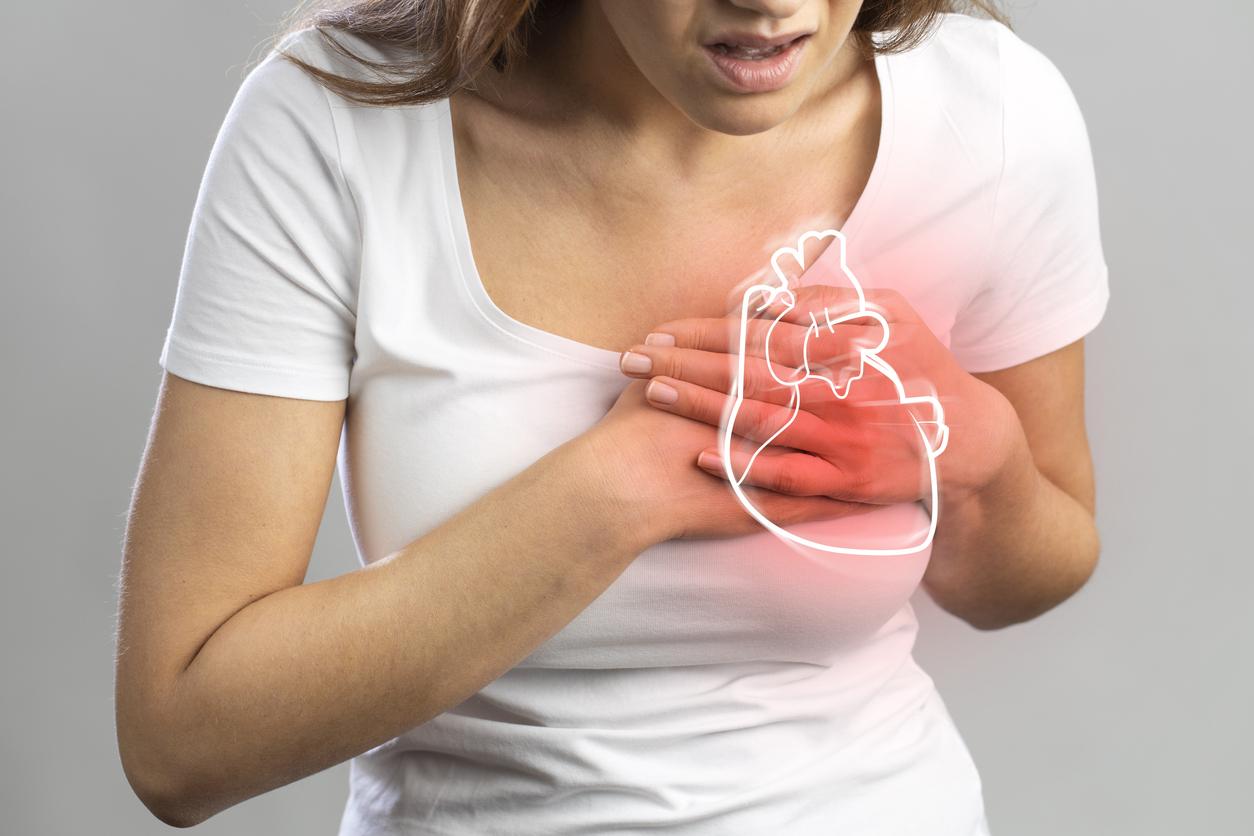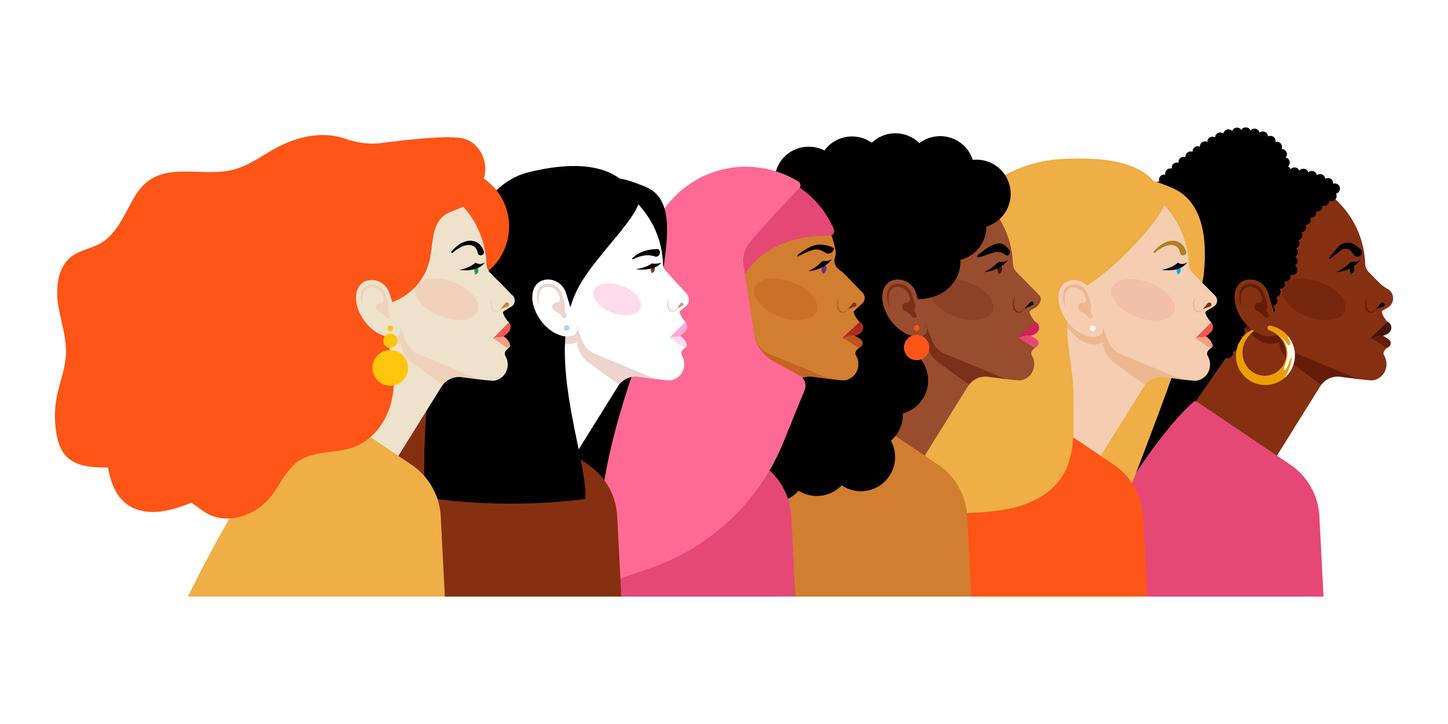One in two women will have a urinary tract infection, also known as cystitis, in her lifetime. Here is a very simple solution to get rid of it.
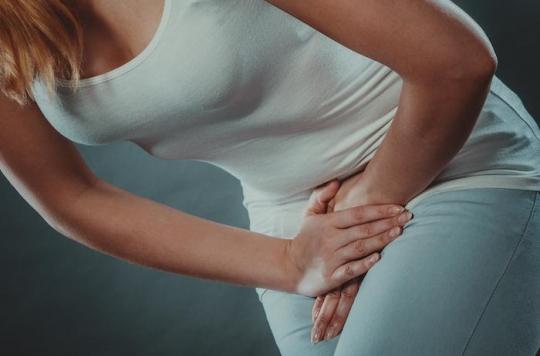
To avoid the uncomfortable and painful recurrent cystitis, it would suffice to drink lots and lots of water. Ingesting a large amount of fluids would help reduce the number of bacteria and limit their ability to attach to the bladder. Cystitis is a urinary tract infection located in the bladder. Most often it is due to the bacteria Escherichia Coli. Very common in women, it is generally not serious, but really bothersome.
One in two women will have one or more episodes of acute cystitis during her lifetime. Two frequency peaks are observed: at the start of sexual activity and after menopause.
1.5 liters of additional water per day
Symptoms of cystitis appear more or less suddenly and may be burning or pain when urinating, a feeling of weight in the lower abdomen, an urgent need to urinate (feeling of not being able to hold back), need to urinate very often without being able to evacuate much urine, cloudy urine, giving off an unusual odor and possibly containing traces of blood.
In a new study, researchers found that women who drank an additional 1.5 liters of water per day had half the number of UTIs (48%). Basically, these same women drank six glasses of water a day, so not quite enough. The WHO recommends drinking about 1.5 liters of water per day, or 8 glasses per day.
Reduce the consumption of antibiotics
Better hydrating would thus make it possible to reduce the consumption of antibiotics, often administered to cure cystitis, and to break the vicious circle of resistance to these same antibiotics. The more women take, the less effective they are at treating their urinary tract infection, and so on.
Cystitis is more serious if it occurs in the presence of an abnormality of the urinary system (presence of vesico-ureteral reflux, calculus, etc.) or after recent intervention on the urinary tract; in a subject suffering from immunosuppression (cancer, HIV, kidney transplant, etc.), in men due to the risk of associated prostate infection (prostatitis), in a pregnant woman; in people over 75 years of age or with severe chronic kidney disease.
.









